Banana Weight and Nutrition: A Complete Guide
Introduction
Banana Weight and Nutrition: Bananas are undoubtedly one of the most popular and most loved fruits in the whole world. In America alone, an average person consumes more than 28 pounds of bananas annually (that’s more than the grapes and apple consumption combined!) and about 96% of households buy bananas at least once a month.
Bananas can also fit into almost any diet because of their nutrient content and health benefits. However, they come in a wide array of sizes and weight that it can be challenging to estimate how many servings you can get from one fruit. A larger banana may mean more nutrients but also means extra calories.
So, how much does a banana weigh? How many calories does it contain? What are its nutritional contents? Let’s find out all of these in the sections that follow!
Standard Serving Size
According to the U.S. Food and Drug Administration, an individual serving of any fruit is generally defined as a single average-sized fruit or 1 cup of it. A 1-cup serving applies for individual portions of fruits like melons, berries, cherries, or grapes.
For most other fruits that are consumed in just one sitting such as oranges, apples, and bananas, an average-sized fruit is usually considered a single serving.
Recommended Portion or Daily Intake
The United States Department of Agriculture (USDA) uses half a cup or one cup portion equivalents as of the recommended daily intake for fruits. Based on these guidelines, men of all ages and women 30 years old and below need to consume an equivalent of 2 cups of fruit per day. On the other hand, women who are older than 30 years old require only half a cup or less.
Since bananas come in different sizes and are not usually sliced or measured by the cup before consumption, the USDA recommends the following approximations for how much banana is equivalent in terms of cups of your total fruit daily intake:
- A small sized banana (less than 6 inches long) = ½ cup
- A large banana (between 8 to 9 inches long) = 1 cup
- A medium- or average-sized banana = ¾ cup
Banana Nutrition Facts: Weight, Benefits, and Health Advantages
Bananas are rich in nutrients, vitamins, and minerals. They also offer various health benefits. So, It’s worth noting the following nutritional value of one average-sized banana:
One medium-sized or average-sized banana contains:
- 100-105 calories
- <0.05 gram of fat
- 3.1 grams of dietary fiber (12%-14% of the recommended daily value and 70% of which is an insoluble fiber that helps promote bowel regularity and efficient digestion)
- 27 grams of carbohydrates (14.4 grams of which are simple sugars)
- Vitamin C: 17% of the Recommended Daily Value
- Potassium: 12% of the Recommended Daily Value
- Vitamin B6: 22% of the Recommended Daily Value
- Copper: 5% of the Recommended Daily Value
- Magnesium: 8% of the Recommended Daily Value
- Manganese: 16% of the Recommended Daily Value
- Riboflavin or Vitamin B2: 5% of the Recommended Daily Value
- Folate: 6% of the Recommended Daily Value
About 90% of the calories found in an average-sized banana comes from its carbohydrate content, which is composed of simple sugars, namely glucose, sucrose, and fructose. These are readily-absorbable and easier to break down than complex carbohydrates.
Bananas also contain a small amount of beneficial antioxidants and plant compounds like catechin and dopamine that help prevent cell damage and improve nerve function. However, bananas have low protein and fat contents.
How much does a Banana weigh?
Bananas on a scale
An average banana fruit which measures anywhere between 7 to 8 inches in length can weigh about 4 ounces or 120 grams with the skin or peel. However, the weight of a single banana will depend on its size, variety, origin, and other factors. It will also weigh different with the peel or without it.
The following table shows the different standard sizes of bananas with the corresponding weight, size, and calorie and carbohydrate content according to the USDA.
| Size | Length In Inches | Weight in Grams | Weight in Ounces | Calories | Carbohydrate Content in Grams |
| Extra Large | 9″ or longer | 152 g | 5.4oz | 135 calories | 35 g |
| Large | 8″ to 9″ Long | 136 g | 4.8oz | 121 calories | 31 g |
| Medium | 7″ to 8″ Long | 118 g | 4.2oz | 105 calories | 27 g |
| Small | 6″ to 7″ Long | 101 g | 3.6oz | 90 calories | 23 g |
| Extra Small | Less than 6″ Long | 81 g | 2.9oz | 72 calories | 19 g |
The bulk or 93% of a banana’s calorie content comes from carbohydrates while 3% comes from fat and 4% from proteins.
Bananas are also almost entirely made up of carbs and water. If you are watching your carb intake, it’s worth noting that the ripeness of a banana can affect its carb content. Generally, unripe or green bananas contain fewer amounts of digestible carbs than ripe ones.
To give you an idea about the weight, calorie content, and carb content of one cup of bananas, here is another table that shows the values for mashed and sliced banana:
| Preparation | Weight in Grams | Weight in Ounces | Calories | Carbohydrate Content in Grams |
| Cup Mashed | 225 g | 7.9 oz | 200 calories | 51 g |
| Cup Sliced | 150 g | 5.3 oz | 134 calories | 34 g |
Considerations
Bananas are a great alternative to sugary food and can satisfy a sweet craving healthily. The American Heart Association promotes them instead of resorting to consuming sweets and other processed foods with added sugars.
You can eat it bananas as a snack or as dessert. Incorporating bananas in your diet is also an excellent way to increase your fiber intake and potassium levels, both of which are usually neglected in the standard American diet.
Bananas are undoubtedly both nutritious and healthy. They are rich in vitamins, fiber, and minerals but relatively low in calories. They also have a low to medium glycemic index, which means they are less likely to cause sudden spikes in blood sugar levels compared to other carbohydrate-rich foods.
This fruit is also said to be weight-loss friendly food. So, if you are trying to shed some pounds, it definitely won’t hurt to eat bananas as part of your balanced diet paired with other real food.
Conclusion:
More than just knowing how much does a banana weigh, it is essential also to understand what each fruit contains in terms of fiber, vitamins, minerals, calories, and carbohydrates to be able to portion and consume it appropriately.
I hope you learned a lot from this article! If you did, kindly share it with your family and friends. If you have any suggestions, questions, or clarifications, feel free to leave them in the comments section below!
Product Recommendations from Amazon:
- AmazonBasics Multipurpose Copy Paper: High-quality paper for printing and writing.
- Hamilton Beach Food Processor: A versatile kitchen appliance for chopping, slicing, and shredding.
- Breville Juice Fountain: An efficient juicer for extracting fresh fruit and vegetable juices.
- OXO Good Grips Salad Spinner: A convenient tool for washing and drying salad greens.
- Instant Pot Duo: A popular multi-cooker for pressure cooking, slow cooking, and more.
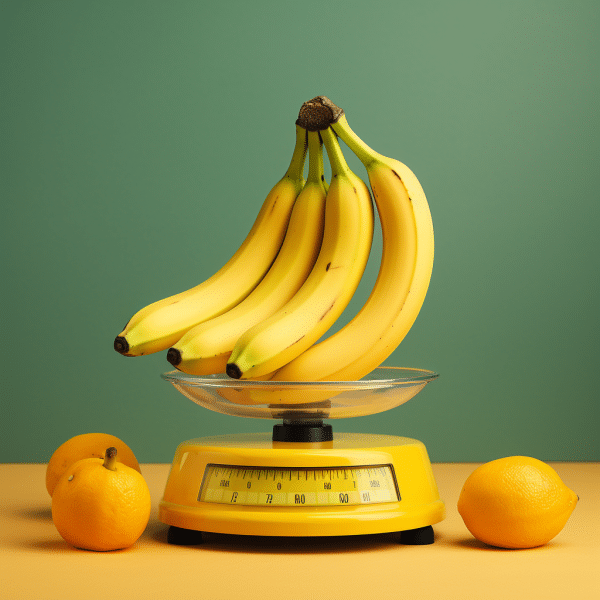
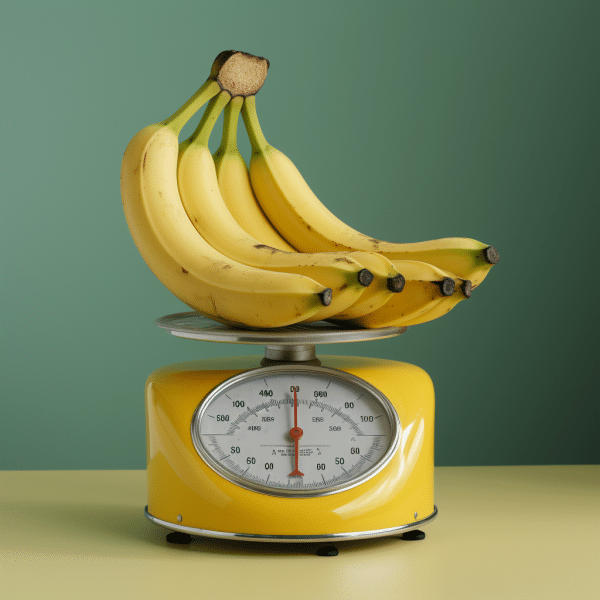
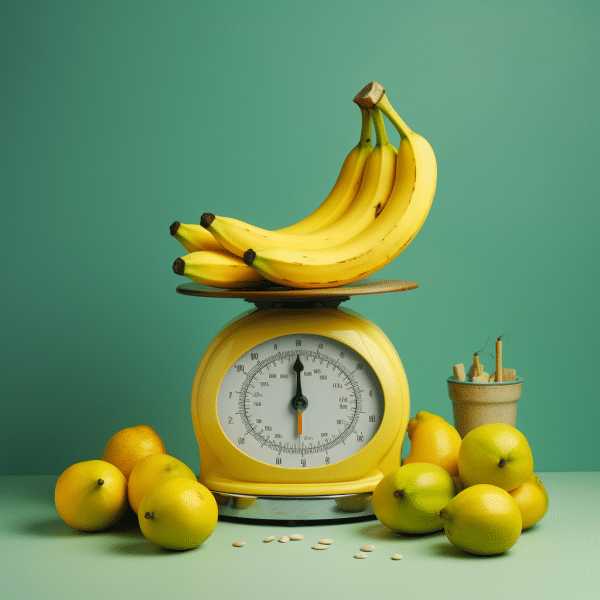
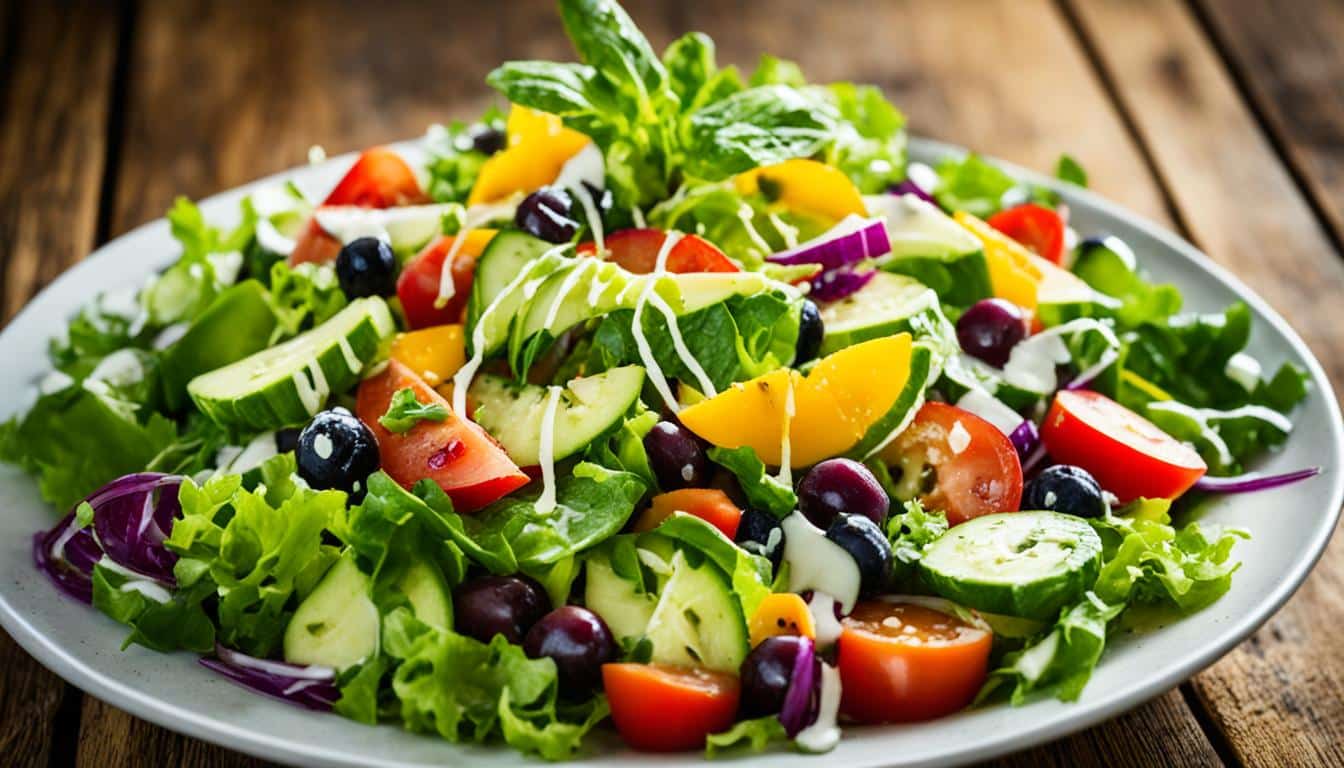
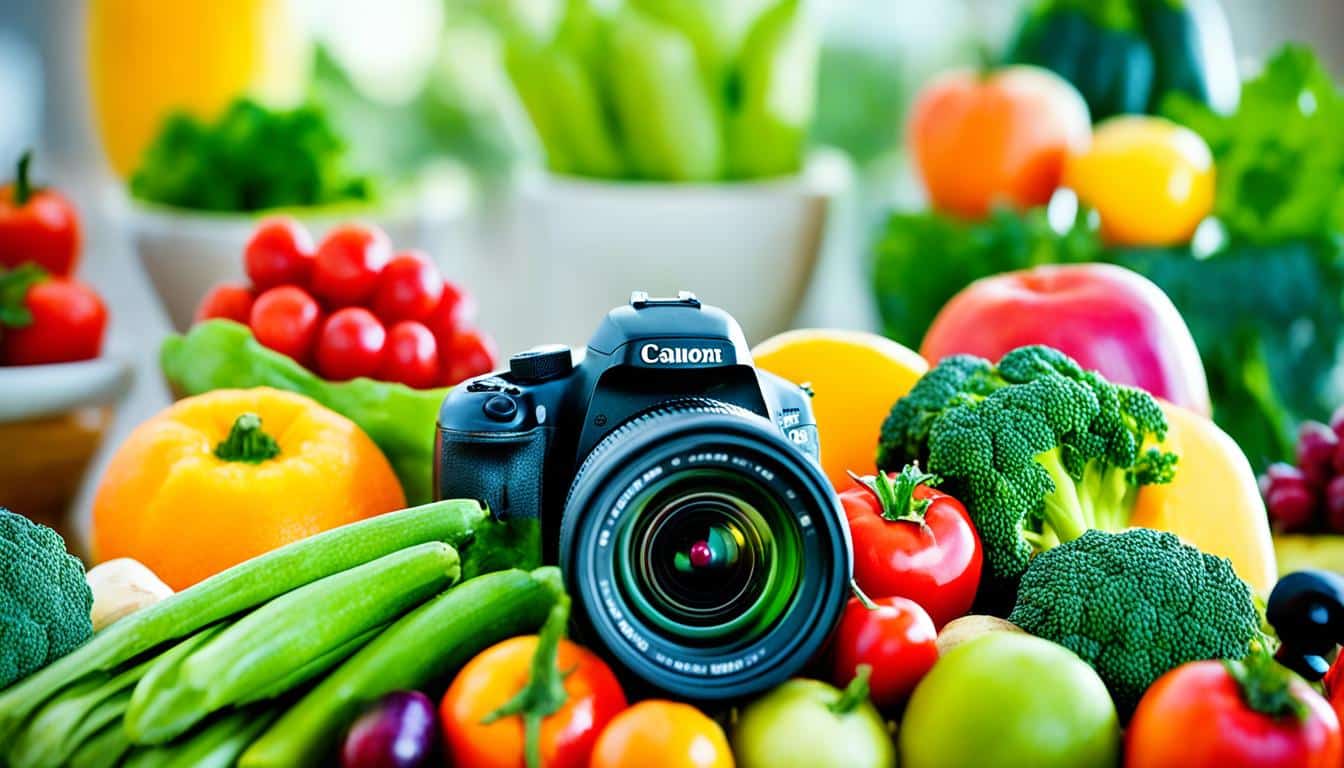











Post Comment